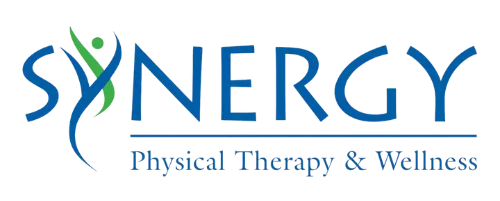Dry needling and Microcurrent point stimulation are both becoming more widely know as highly effective methods of pain relief. I wrote this blog to help those considering these treatments better understand their similarities and differences. Both treatments are used in an effort to reduce muscle pain, muscle spasm and trigger points (knotted muscles). However the mechanism by which they work are completely different.
Dry needling involves penetrating the skin, muscles and deeper tissues of the body with a needle in the attempt to eliminate pain.

It works by physically disrupting the painful tissues in an effort to eventually eliminate pain. Dry needling works primarily by eliciting what is referred to as the “twitch -response”, meaning it will make the muscle contract. The procedure itself is usually somewhat painful and increased pain can be felt for several days thereafter. The theory is that once the initial pain subsides you will feel improvement in your symptoms.
Dry needling is an invasive procedure and thus potentially carries serious risks including infection, bleeding, organ damage, pneumothorax (punctured lung) and nerve damage. For those considering this procedure it is advisable to ask the medical practitioner how long they’ve been doing dry needling, verify that they have proper certification, and ask how familiar they are with treating your particular diagnosis.As with any invasive medical procedure you should always weight the risks against the potential benefits.
Microcurrent point stimulation is not an invasive procedure and does not involve penetration of the the skin or deeper tissues in any way.

None of the risks associated with dry needling apply to Microcurrent point stimulation. There is no risk of infection, tissue damage or pneumothorax (punctured lung). Precautions do apply to those with pacemakers or other internally implanted electronic devices and you should inform your medical professional if you have any of these devices in your body. Caution must also be used if you have a seizure disorder so if this applies to you make sure your provider is aware of this.
Treatment with micro current is not painful and typically results in immediate as well as lasting pain relief. Treatment consists of placing a small pen tip like devices on the skin at strategic locations to deliver very low levels of gentle electrical energy to the nerves in the region.
Microcurrent Point Stimulation effectively treats a much wider variety of of conditions as compared to dry needling. While dry needling is directed specifically at muscle pain Microcurrent Point Stimulation is highly effective for treating muscle pain but also works very well on pain originating from nerves, discs, tendons and ligaments.
Microcurrent Point Stimulation is a very safe and effective way to eliminate may types of pain including neck pain, headaches, back pain, herniated discs, nerve pain, neuropathy and even chronic pain. This versatile method can also be used to effectively treat scars and adhesion.
I hope this article has allowed you to make a more informed choice about treating your pain or dysfunction. If you have any questions or would like to learn more about how you can eliminate your pain please feel free to contact us at 719 568 9790 and mention coupon code “MICRO” for a free in person consultation with one of out therapists.
